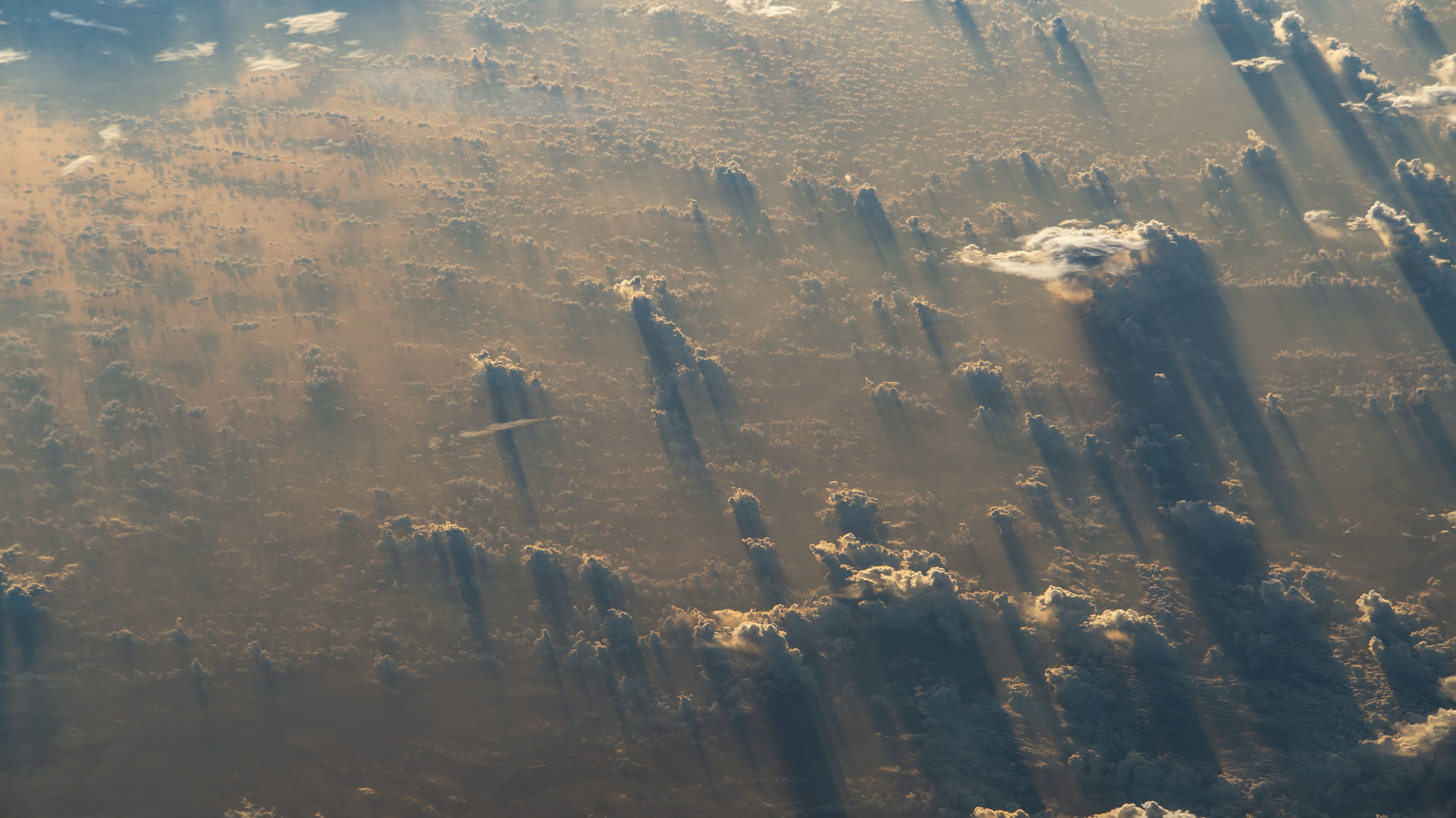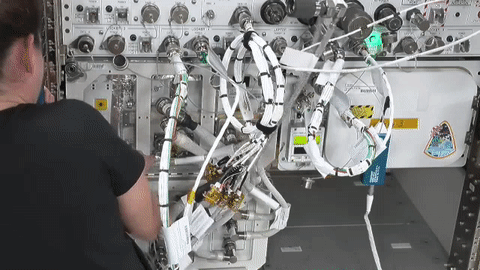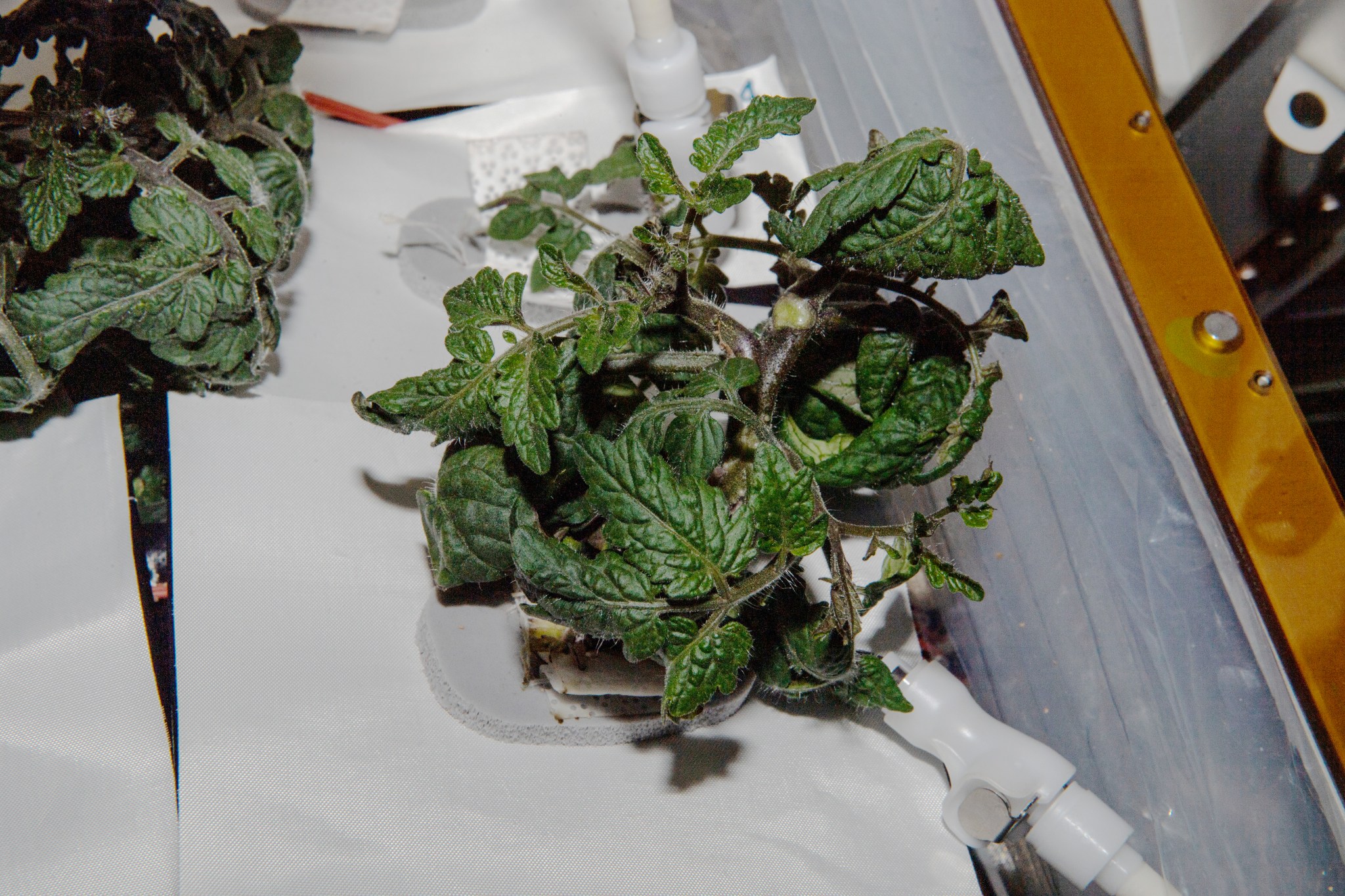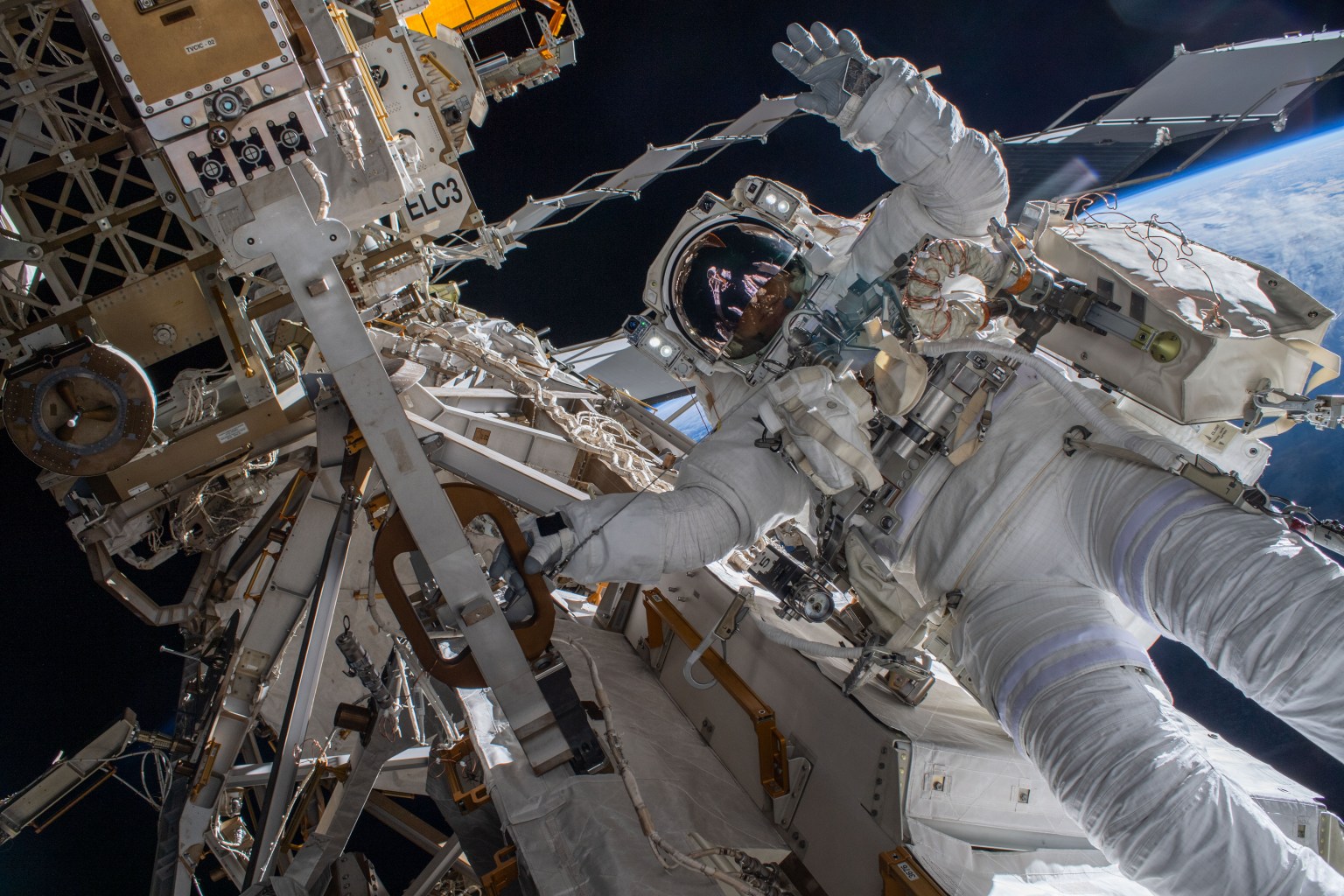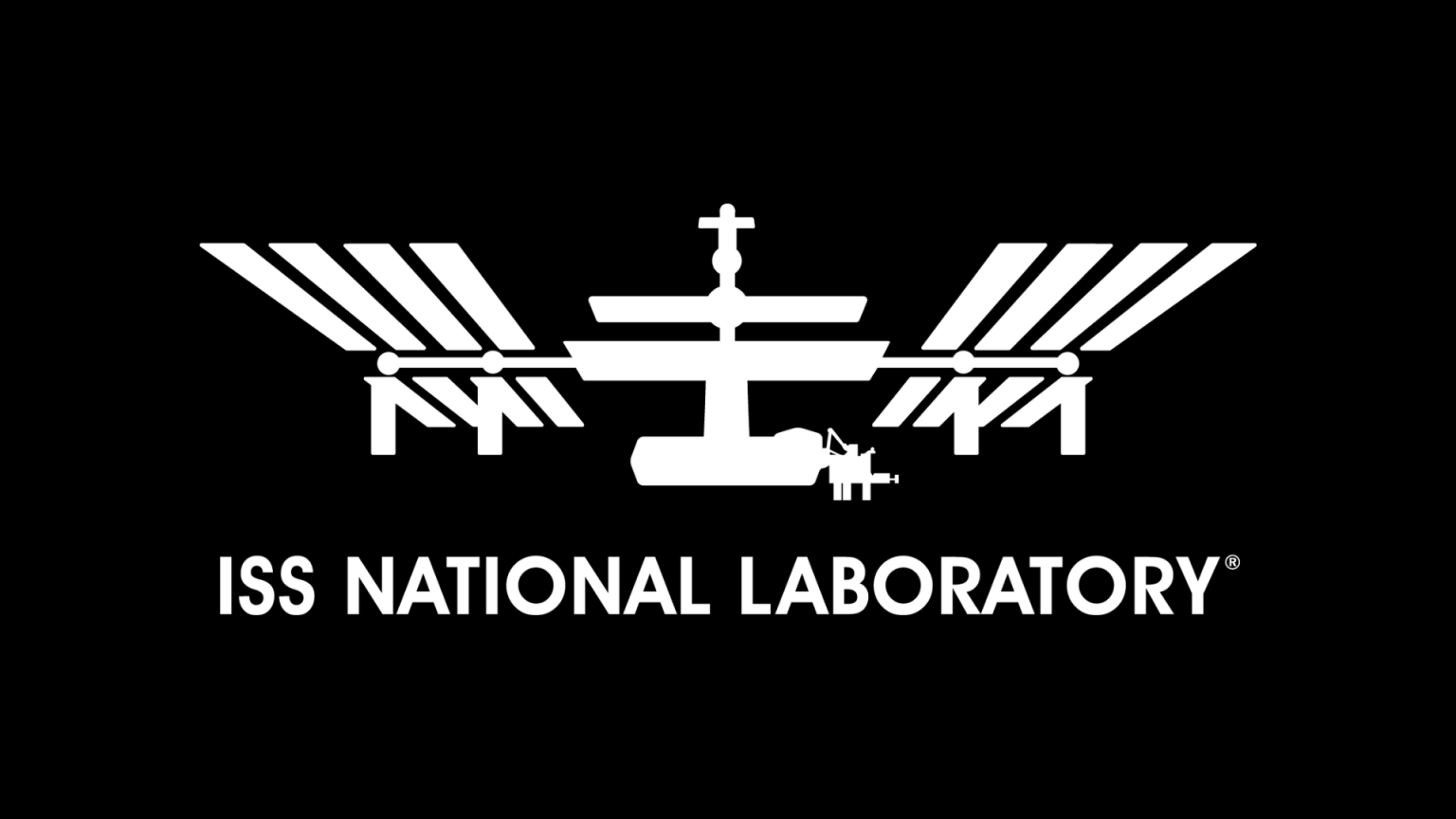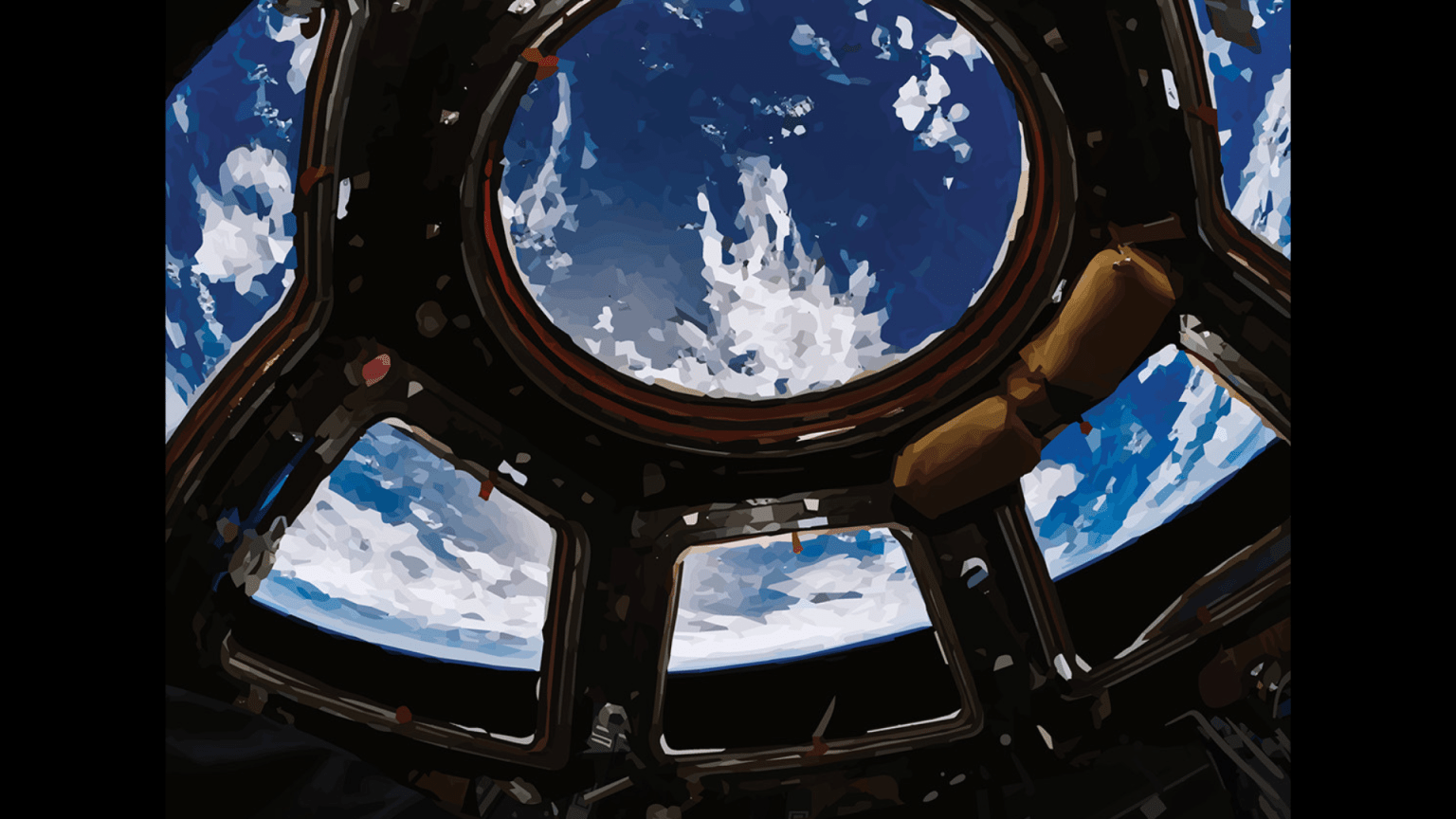Lee esta historia en español aquí.
Crew members aboard the International Space Station conducted scientific investigations during the week of Jan. 16 that included supporting student experiments on microgravity, examining fluids on the verge of boiling, and demonstrating technology for passive cooling of heated surfaces.
Here are details on some of the microgravity investigations currently taking place aboard the orbiting lab:
Students of microgravity
The Japan Aerospace Exploration Agency (JAXA) hosts several educational investigations designed to highlight Japanese spaceflight activities for the public. For Try Zero-G for Asia, crew members conduct experiments submitted by students in countries in the Asia-Pacific region. These experiments demonstrate the effects and use of microgravity for science, engineering, and the arts and explore human spaceflight. The program connects students to the space station and produces videos widely used in media, lectures, and other presentations, which helps inspire interest in space among young people. The crew prepared equipment and performed several experiments for the student community observing from the ground during the week.
About to boil
A fluid has a temperature beyond which its gas and liquid phases coexist, known as its critical point. For water, that temperature is 373.995°C. Prior research determined this precise value using the station’s Device for the Study of Critical Liquids and Crystallization (DECLIC), developed by the French space agency Centre National d’Etudes Spatiales (CNES). DECLIC-ALI-R uses this facility to study how heat flows in liquids that are just below the critical point in microgravity. This investigation could improve understanding of fluids around their critical point, supporting the development of cooling systems for use in space. Because these fluids can be manipulated by small changes in temperature, results also could lead to development of improved chemical solvents and greener waste combustion methods for use on Earth. During the week, crew members set up the hardware and activated a run of the experiment.
A cooling method with teeth
PFMI-ASCENT, sponsored by the ISS National Lab, demonstrates a passive cooling system for electronic devices in microgravity. When fluid is boiled over a flat heated surface in microgravity, the lack of buoyancy causes formation of vapor bubbles that are larger than those seen on Earth. Larger bubbles transfer heat less effectively, causing unpredictable increases in the temperature of the surface and possible damage to electronic devices. Very small, asymmetrical ratchets or teeth on a surface enable passive movement of vapor bubbles, increasing the rate of heat removal. This technology could reduce the size of electronics and the electrical power they require, supporting expanded scientific investigations on and general use of the space station. Passive heat removal has potential applications in consumer electronics on Earth as well. Crew members repaired a thermocouple on a science ampoule, installed the ampoule, and initiated a run of the experiment during the week.
Other investigations involving the crew:
- SoFIE-GEL studies burning in microgravity, including how fuel temperature affects material flammability. Results could improve understanding of early fire growth behavior and help determine optimal fire suppression techniques, improving crew safety in future space facilities.
- Veg-05 uses the station’s Veggie facility to grow dwarf tomatoes and examine the effect of light quality and fertilizer on fruit production, microbial food safety, nutritional value, taste acceptability by the crew, and overall behavioral health benefits. Growing plants to provide fresh food and enhance the overall living experience for crew members supports future long-duration missions.
- J-SSOD is a JAXA facility that provides launching capability for individual small satellites.
- ISS Medical Monitoring is an ongoing investigation that collects medical data from all crew members before, during, and after flight. By supporting overall crew health and safety, these data contribute to mission productivity and on-orbit operations.
- The JEM Water Recovery System (JWRS), a JAXA investigation, generates potable water from urine, which could help address challenges of adequate water supply on future long-term space missions.
- ISS Ham Radio provides students, teachers, parents, and others the opportunity to communicate with astronauts using amateur radio units. Before a scheduled call, students learn about the station, radio waves, and other topics, and prepare a list of questions based on the topics they have researched.
John Love, ISS Research Planning Integration Scientist
Expedition 68

























